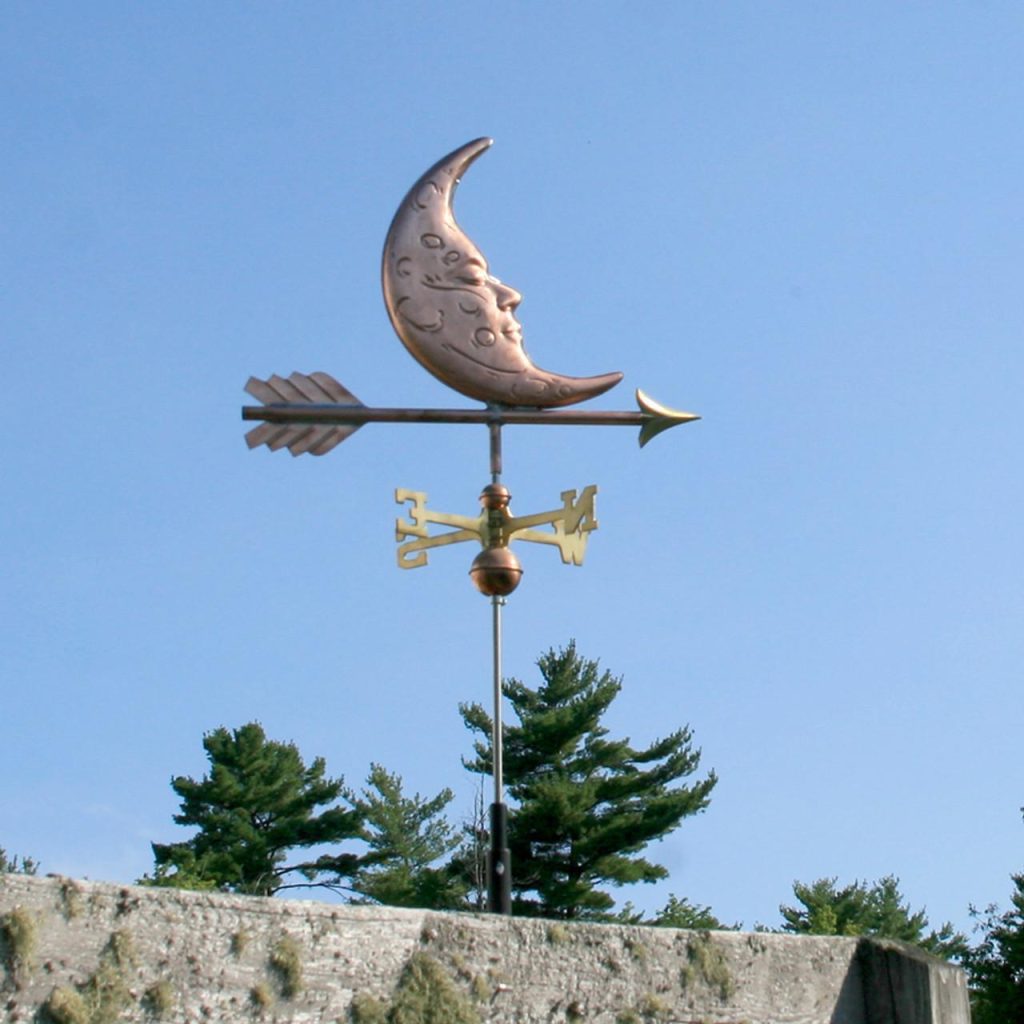
Are you looking to add a touch of charm and elegance to your property? A weathervane might be the perfect addition you need. Weathervanes have been a popular architectural element for centuries, serving functional and decorative purposes. They provide a practical way to determine wind direction and add a unique and eye-catching feature to any home or building.
But with so many options available, how do you choose the perfect weathervane for your property? This guide will walk you through the key factors to consider when selecting a weathervane, from the design and material to the size and installation.
Factors to Consider When Choosing a Weathervane
When choosing a weathervane for your property, several essential factors must be considered. These factors will ensure that the weathervane serves its functional purpose and make it a beautiful and harmonious addition to your property.
Design and Style
The design and style of the weathervane play a crucial role in its overall aesthetic appeal. Consider the architectural style of your property and choose a weathervane that complements it. A classic design featuring elements such as arrows or roosters can be an excellent choice for traditional or historical buildings. On the other hand, if you have a modern or contemporary property, you may opt for a more abstract or geometric design. Consider if you want a weathervane with a decorative element, such as a horse or sailboat that reflects your interests or hobbies.
Material and Finish
The material and finish of the weathervane not only affect its appearance but also its durability and longevity. Common materials used for weathervanes include copper, brass, and stainless steel. Copper weathervanes develop a beautiful patina over time, adding character to your property. Brass weathervanes offer a warm and luxurious look, while stainless steel weathervanes are more contemporary and corrosion-resistant. Consider your area’s climate and weather conditions when choosing the material and finish to ensure the weathervane withstands the elements.
Size and Proportions
Before you buy weathervane, choosing the right size and proportions for your weathervane is essential to ensure it is visible and aesthetically pleasing. Consider the scale of your property and the surrounding landscape. A weathervane that is too small may go unnoticed, while one that is too large can overpower the architecture. As a general rule, the weathervane should be proportionate to the size of the building and placed at a height where it can be easily seen. Consider any local regulations or restrictions regarding the size and placement of weathervanes.
Installation and Maintenance
Before purchasing a weathervane, consider how it will be installed and maintained. Some weathervanes require a rooftop mount, while others can be wall-mounted or placed on a post. Ensure that the installation method is compatible with your property and that you have the necessary tools and expertise. Additionally, consider the maintenance requirements of the weathervane. Copper and brass weathervanes may require occasional polishing to maintain shine, while stainless steel weathervanes are generally low-maintenance. Regularly inspect the weathervane for damage or wear and make necessary repairs or replacements.
Selecting the Right Size and Design for Your Property
When selecting a weathervane for your property, it is important to consider the right size and design to ensure it complements the existing architecture and landscape.
Size Matters
The size of the weathervane is crucial in determining its visibility and impact. A too-small weathervane may get lost in the vastness of a large property, while one that is too large can overwhelm a smaller structure. Consider the scale of your property and the size of the building or construction where the weathervane will be installed. As a general rule, the weathervane should be proportionate to the size of the building, with larger weathervanes suiting larger structures.
Designing With Style
The weathervane’s design should complement your property’s overall style and aesthetic. A classic design featuring elements such as arrows, roosters, or horses can be an excellent choice for traditional or historical buildings. These designs add timeless charm and elegance to the property. On the other hand, if you have a modern or contemporary property, you may opt for a more abstract or geometric design that complements the clean lines and minimalist aesthetic.
Materials and Finishes
The material and finish of the weathervane have a significant impact on its appearance and durability. Copper, brass, and stainless steel are commonly used materials for weathervanes. Copper weathervanes develop a beautiful patina over time, adding character and depth to your property. Brass weathervanes offer a warm and luxurious look, perfect for traditional and ornate architectural styles. On the other hand, stainless steel weathervanes provide a sleek and contemporary look while being resistant to corrosion. Copper and brass may require occasional polishing to maintain their shine, while stainless steel is generally low-maintenance.
Conclusion
Choosing the perfect weathervane for your property requires careful consideration of various factors, including design, size, material, and installation. By taking into account the architectural style, landscape, and personal preferences, you can find a weathervane that serves its functional purpose and adds charm and elegance to your property.